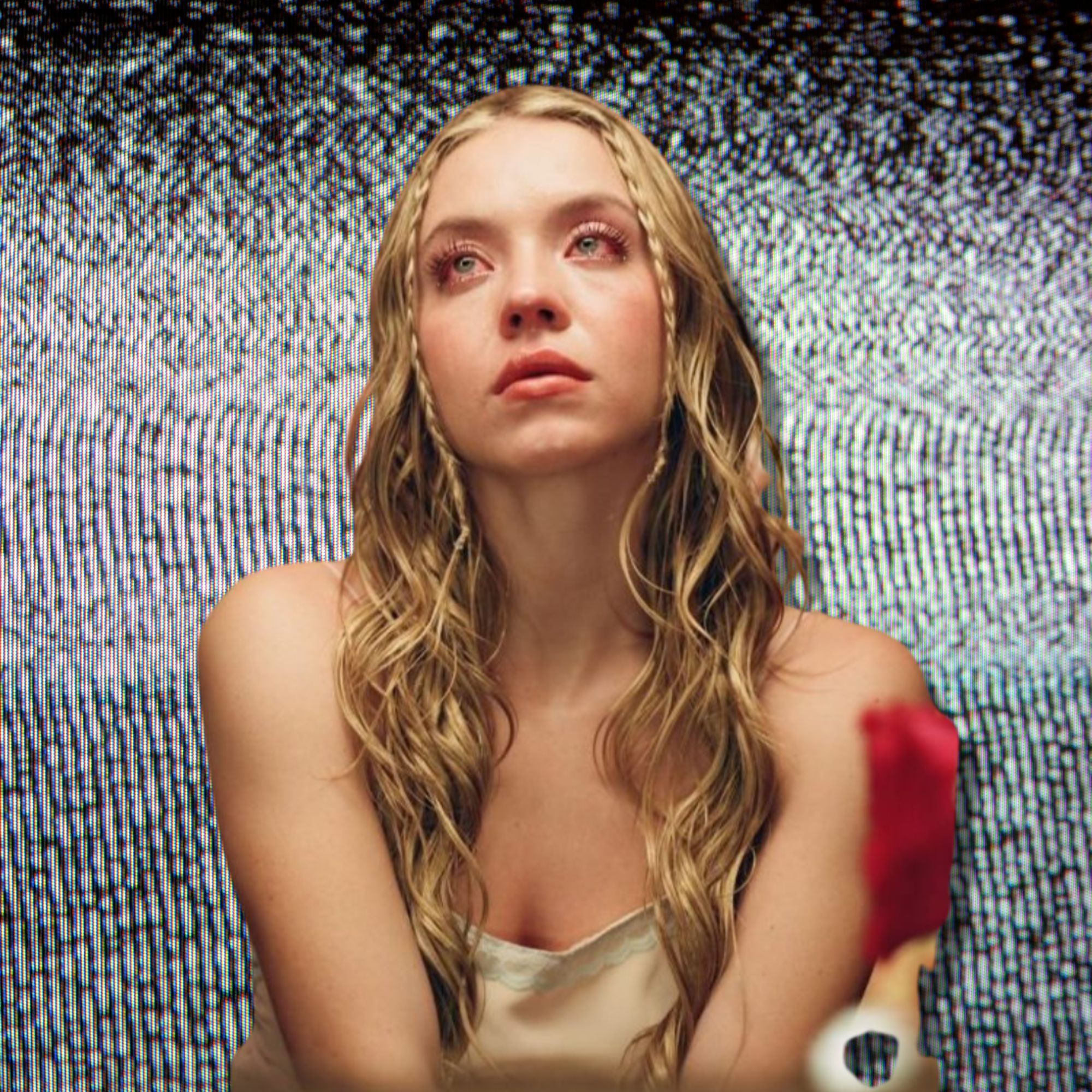
- POPSUGAR Australia
- Beauty
- The Cute-ification of Mental Illness is Back With “Crying Makeup” and We Don’t Love to See It
The Cute-ification of Mental Illness is Back With “Crying Makeup” and We Don’t Love to See It

Content warning: This article contains references to mental illness and domestic violence that some readers may find distressing.
“Crying makeup” is the latest trend to bubble out of the TikTok cultural phenomenon machine. What is it? Makeup that makes it look like you’ve been crying, of course! Pitched by creator @zoekimkenealy as “for the unstable girlies,” it’s being heralded as “more flattering than it sounds” by titles like Byrdie.
What does “crying makeup” involve? A blurred lip, blush applied around the eyes, some reflective silver on the lower lash line and about 3L of clear lip gloss.
When I first saw the trend, I rolled my eyes — anyone who had access to their parent’s desktop and photobooth back in 2010 knew the power of “sadbaiting” boys in your year online.
Have a cry, set the photo booth timer, chuck your sadsnap on FB with a cryptic, fragmented Radiohead lyric, and watch the concerned messages roll in. Update your Tumblr. Sad girl out.
Every trend falls under an umbrella trend, and as an ex-sadbaiter and forever millennial I can diagnose this crying makeup moment as falling under the Vibe Shift umbrella, along with trends like the Party Girl Beauty, Indie Sleaze and millennialcore.
It seems that along with skinny bodies and skater skirts, 2022 has brought mental illness as “main character energy” back on the map.
Where Has the Crying Makeup Trend Come From?
Many are speculating that the crying makeup trend is a cry for help — an expression of post-COVID trauma and the existential dread many young people are feeling. iD described the “cult of the dissociative pout”, naming Euphoria’s Chloe Cherry as reflective of the pervasive nihilism affecting Gen Z and millennials.
But the aestheticisation and eroticisation of female sadness and malaise has always existed — it’s just making a comeback.
Earlier this month, Emily Ratajkowski, an authority on the subject as the most objectified woman in recent history, slammed Andrew Dominik’s Marilyn Monroe biopic Blonde for fetishising female misery, looking at the pain of Monroe’s life, rather than the accomplishments. It’s an idea that can be taken more broadly — we look at the CSI victims, not the Olympians, we cherish the fragile, and avert our eyes from the accomplished. Ratajkowski said that women can internalise this, and that she herself learnt to fetishise her own pain and hurt “so it feels like something that can be tended to, that’s kind of sexy.” And, totally non-threatening.
Related: Learning to Externalise Anxiety Was My Mental-Health Breakthrough
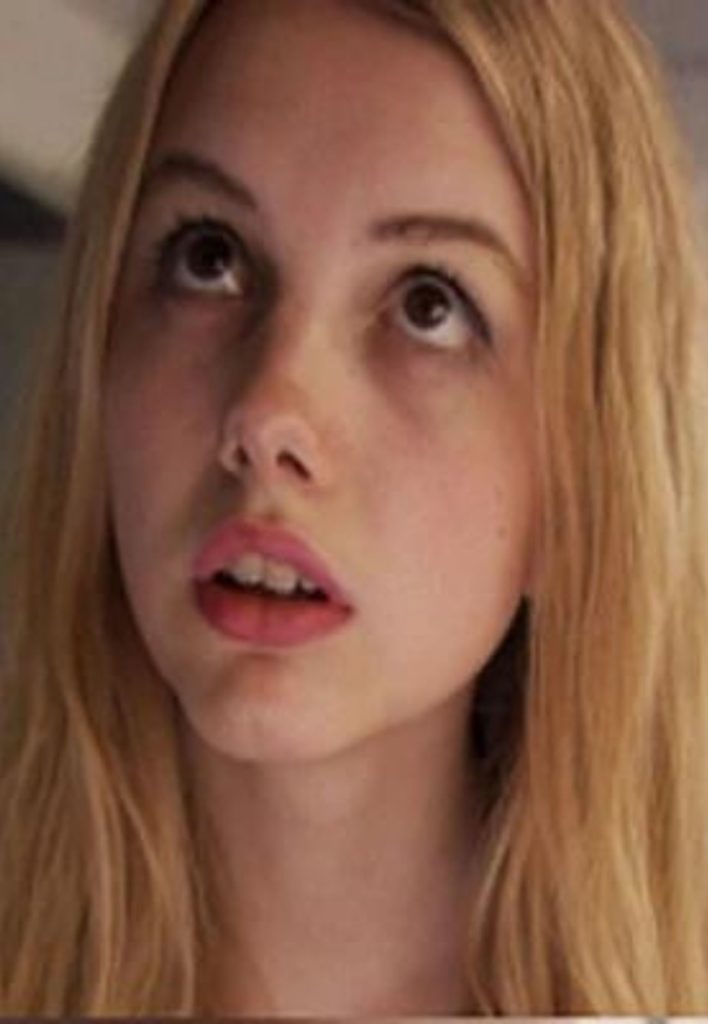
Why the Cute-ification Of Mental Illness Isn’t Actually Very Cute At All:
Blonde is just one example of how the aestheticisation of female sadness is often accompanied by a strong undercurrent of misogyny. In an interview about Blonde for BFI, director Dominik said that Monroe’s accomplishments were simply “not so interesting” to him. In an outtake that didn’t make the final interview, but was tweeted by journalist Christina Newland, he referred to Monroe and the female characters of Gentlemen Prefer Blondes as “well dressed whores.”
I grew up in the era of the sad girl as main character, when blondes with big problems were everywhere. My bible was Tumblr’s bible: The Virgin Suicides, by Jeffrey Eugenides. Less a story about young women and mental health, more an instruction manual in how to be an object of fascination for men, the protagonist writes of the five dead Lisbon sisters: “It didn’t matter how old they had been, or that they were girls, but only that we had loved them…”. The sisters are an interchangeable set of Ophelias, defined only by romance and youthful heterosexual male desire.
Watching Cassie Howard’s psychological disintegration in Euphoria Season 2, I was reminded of the millennial It Girls I loved in high school, Gossip Girl‘s Serena Van Der Woodsen and Skins‘ Cassie Ainsworth. The original millennial party girls, Serena and Cassie were hot, hounded by men, and sure, like the Lisbon sisters, they were sick enough to repeatedly get shipped off to hospital. But that always happened off screen, and the mystery only added to their allure.
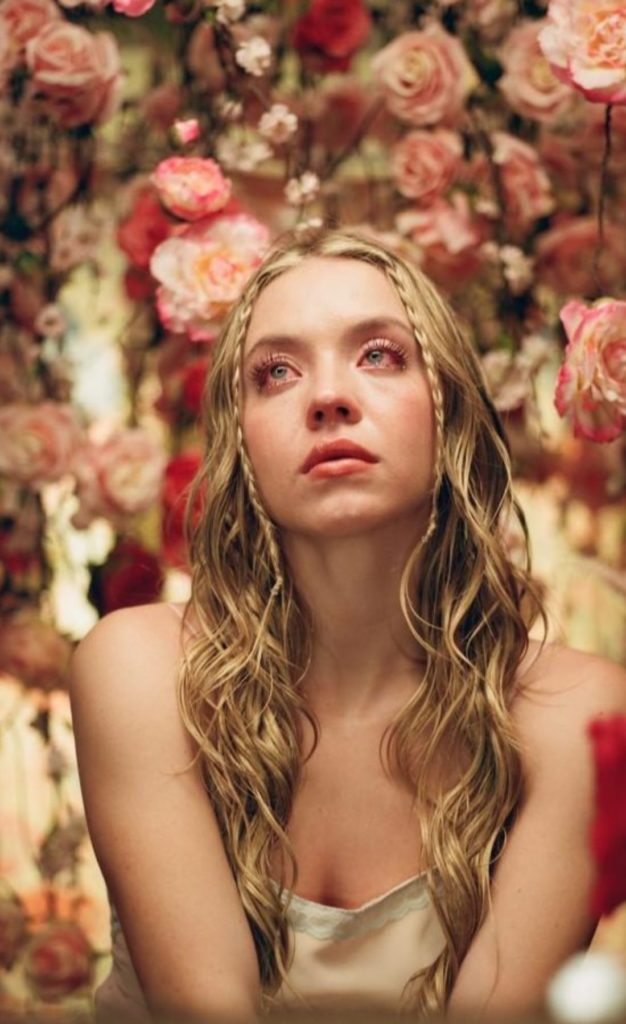
Gen Z’s Serena van der Woodsen, Euphoria‘s Cassie Howard, navigates her misery largely in miniskirts and cut-out one pieces. In one iconic shot, which no doubt influenced the crying makeup trend, Cassie sits in front of her vanity, her impossibly long, tear-webbed lashes lifted skyward, as her would-be boyfriend and known- abuser-with-a-body-chiselled-by-the-gods, aka Nate, ignores her texts.
Cassie’s glassy-eyed stare and glistening complexion are beautiful, as is the frame. Her terrifying relationship with Nate is also visually beautiful. Jacob Elordi and Sydney Sweeney are hot as hell, and it’s difficult to watch their sex scenes without being swept up in the dreamy, detached eroticism Euphoria’s male directors imbue each sequence with.
Related: It’s Time to Talk About How Problematic Nate’s Fixation on Cassie Is On Euphoria
Basically? Far from being cute, women’s sadness, trauma, and in the example of Virgin Suicides, even death, is prescribed and dictated by male authors, songwriters and directors who project their own fantasies, fears and vulnerabilities on women, which, for reasons we’ll outline below, is deeply un-cute.
Why the Psychology Behind The Crying Makeup Trend Is a Problem:
Psychologist and social media researcher Ash King says that crying and other visible projections of sadness are genuine cries for social support online, ones that shouldn’t be dismissed. In the context of COVID, we haven’t had the luxury of in-person conversations, and indeed, doctors are missing cues they would usually pick up on during in-person consults. It’s led to an increase in the number of young people being admitted to hospital with eating disorders.
Projecting our feelings online in this context could be a survival mechanism. The issue with the crying makeup, though, is that it is just that — the transmutation of a “feeling” into a “thing” using the special alchemy of the TikTok algorithm.
“Because of the nature of online communities, we seek validation and belonging in them,” says King, but it’s a double-edged sword.
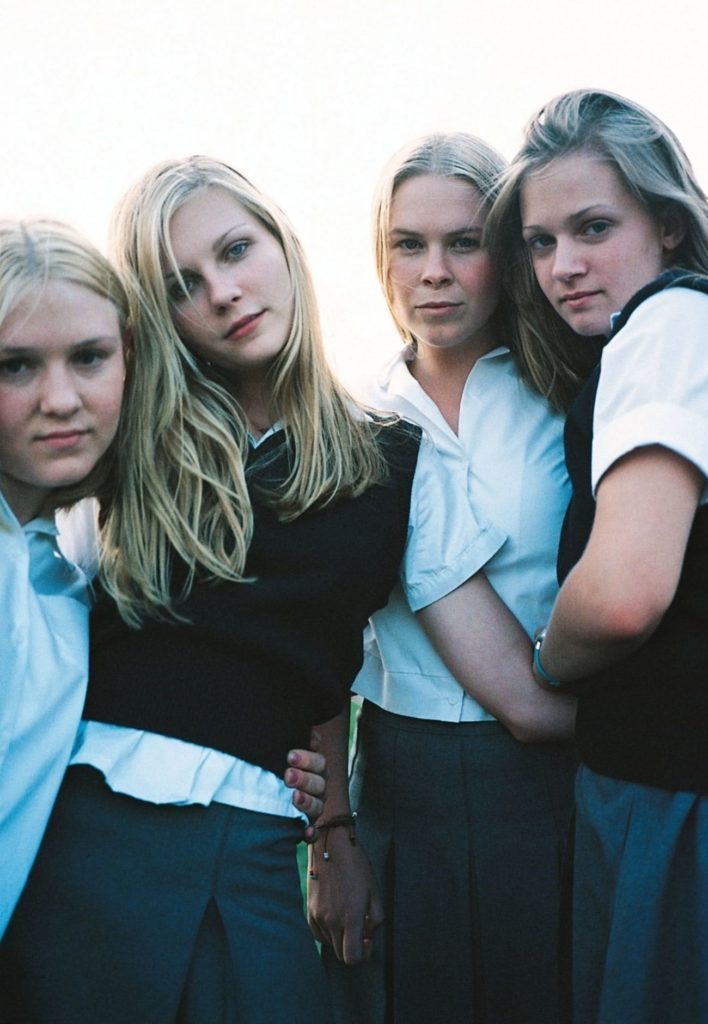
“If those communities are formed over shared experiences, of sadness, grief and trauma, that can be positive, but if people are drawn into these communities because of their romantic allure that’s potentially problematic,” she explains.
It’s a familiar phenomenon, one that played out on Tumblr in the late 2000s and early 2010s, where thinspo and self-harm content became so virulent that the platform explicitly banned blogs that “actively promote[d] self-harm” in 2012. For many users who’d joined the platform to reblog pictures and quotes from their favourite female protagonist, Tumblr introduced them to eating disorders, and instructed them in harmful behaviours. It was a lesson for emerging social media platforms like Instagram and TikTok, but that doesn’t mean these communities aren’t still at large.
The other issue, King says, is that aestheticised representations of these intense emotions — and even serious mental illnesses — both flattens and standardises the public’s perception of these experiences. In turn, this can lead to greater isolation for those who are suffering, and lead to serious, real-life consequences.
“It belies the uncomfortable, restrictive, damaging and sometimes devastating realities of living with these conditions,” says King. Indeed, the leggy girls I watched on TV throughout high school experienced problematic relationships, but they were exciting. They had eating disorders that never tipped into messy, “ugly”, or totally disabling, and had drug problems that again, never veered into terrifying or unpolished. Serena might pass out, but it was only with slightly smudged lipstick and perfectly tousled bed hair.
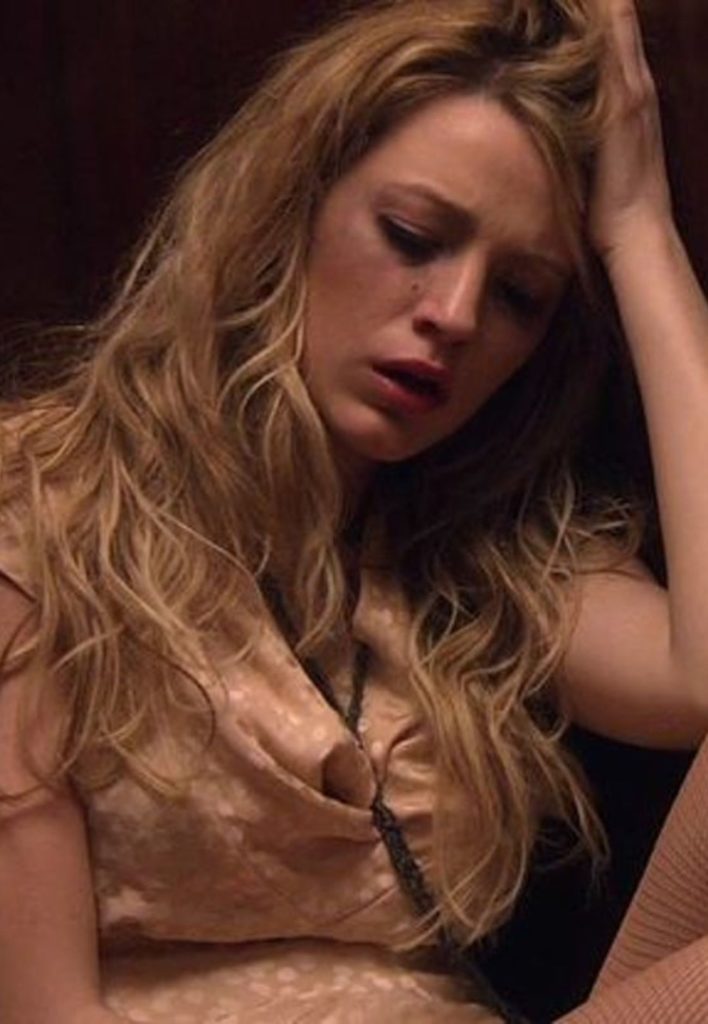
This perfected sadness can spark a certain male paternalism, but it also generates resentment.
In an interview with The Guardian, TikTok creator Zoe Kim Kenealy said she was alarmed that some people felt her tutorial was teaching women how to fake emotions.
“People — mostly men — have been commenting ‘Amber Heard’ on my video,” she said, hurrying to clarify, “It’s a makeup look I wouldn’t necessarily wear outside. It’s not meant to deceive anyone.”
Amber Heard, of course, was accused by Johnny Depp supporters of faking tears on the stand during their highly publicised and acrimonious defamation trial earlier this year.
With domestic violence complainants still being ignored and discredited, mental illness on the rise in young people and our reproductive rights being eroded, this trend seems poorly timed.
King is worried, too.
“The ‘sadness’ trend concerns me as a practitioner, not because there is anything defective about feeling sad — it’s a normal human emotion,” she says, “but, because the behaviours and thought patterns we might endorse and lean into, in an effort to embody sadness, may lead to favouring cognitive distortions, isolation and excessive ruminations.”
In effect, leaning into being a sad girl can cause you real problems and real mental health issues.
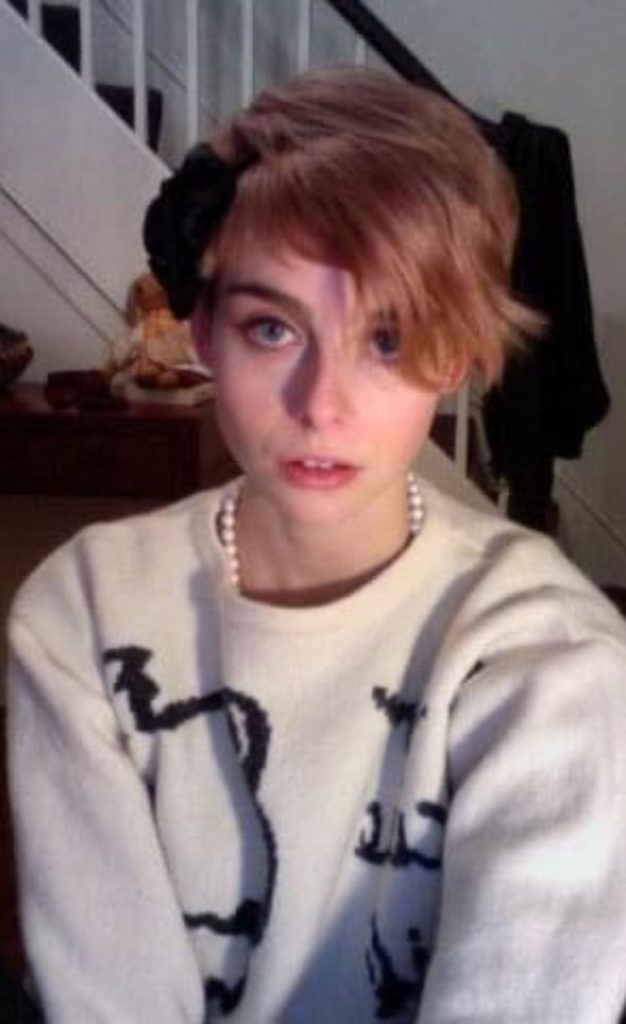
The Upshot of Sadbaiting:
Sadly, mimicking the sweet, digestible sadness I saw on TV as a teenager didn’t get the results I’d hoped for.
Instead, I accumulated boyfriends who sent me the same confusing Pablo Neruda poem, and the same depressing playlists, all while complaining about their exes and posting the “Hot/Crazy Matrix” on Facebook. These relationships didn’t make me feel understood or cherished (to quote old mate Pablo: “How terrible and brief was my desire for you!”), and none of them had Jacob Elordi’s rig. They were often controlling, mean and perhaps rightfully infuriated when I couldn’t maintain the wan-Cassie act, dropping the sad-girl mask to reveal myself as the critical, irritable young woman I actually was.
In the end, the poems were annoying enough that I stopped posting sadbait in 2011, but I spent a lot of time unpacking these early relationships in therapy. It took a long time to get comfortable expressing my emotions in a way that wasn’t edited for an imagined male gaze, and to realise that it was okay to be vulnerable, sad and even angry without a Serena Van Der Woodsen wistful smile, a Cassie Ainsworth lisp, or a Lisbon-esque schoolgirl skirt. If I had my time again, I’d spend less of it studying Kirsten Dunst’s disaffected smize, and more of it reading Emily Dickinson. Also a bummer, but at least she was my homework.


